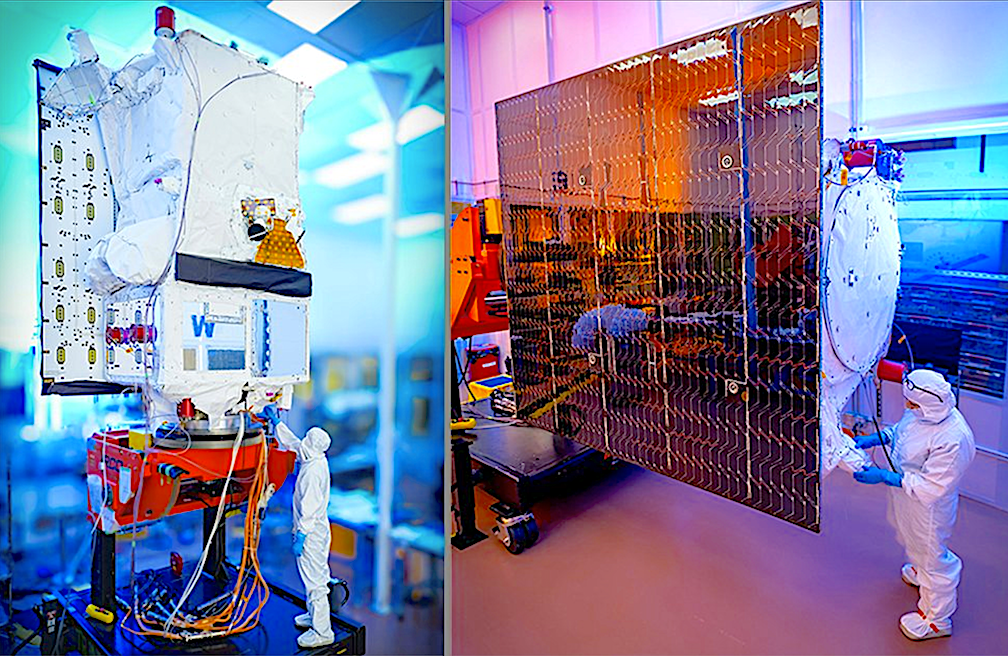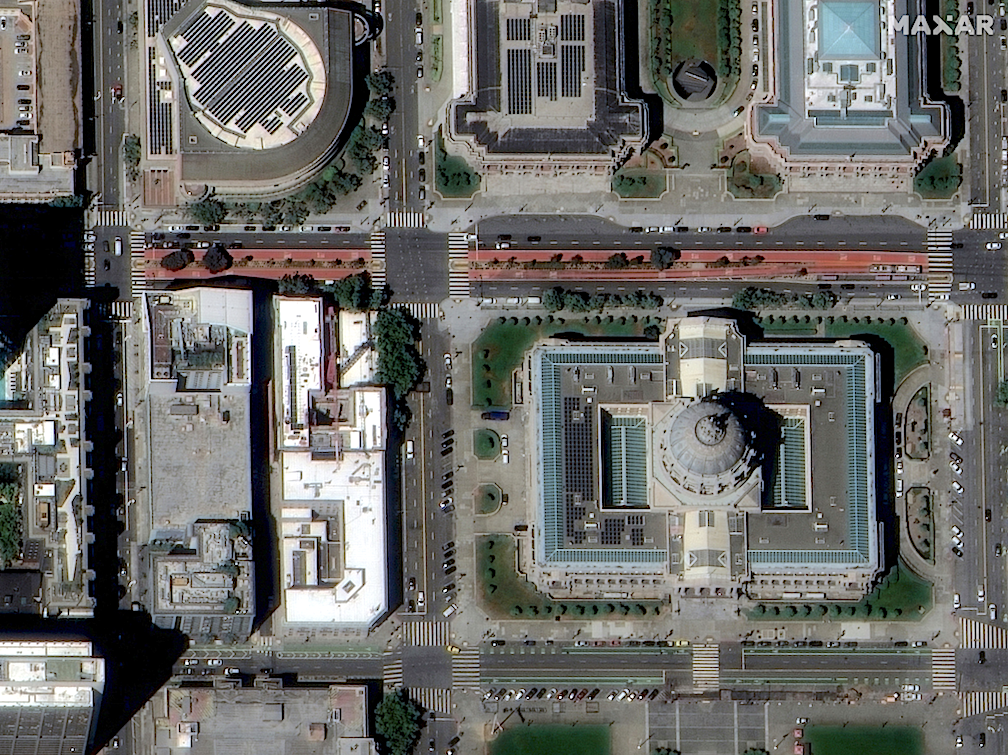

Drumroll, please: Our next two WorldView Legion satellites have arrived in Cape Canaveral Space Force Station, Florida, and are being prepped for the Maxar 2 mission on a
@SpaceX Falcon 9! These will be our first satellites in mid-inclination orbit.

The satellites are the second set of next-generation WorldView Legion spacecraft built by Maxar Space Systems for Maxar Intelligence. The first two WorldView Legion satellites launched in May 2024 aboard a Falcon 9 from Vandenberg Space Force Base in California, and their first high-resolution, 30 cm-class images were released earlier this month.

When all six WorldView Legion satellites are operational, they will help enhance the capabilities of Maxar’s Earth observation constellation:
- Maxar’s capacity to collect 30 cm-class imagery with triple;
- The constellation will be able to collect more than 6 million sq km of imagery daily;
- And Maxar will be able to collect imagery of rapidly changing and high-interest areas on Earth as frequently as every 20 to 30 minutes.
The MIO advantage
The WorldView Legion spacecraft currently being prepared for launch will be the first Maxar satellites in MIO, meaning they will orbit around Earth’s mid-latitudes rather than over its poles in a sun-synchronous orbit, where the rest of Maxar’s constellation operates. The final two WorldView Legions will also be launched into MIO.
Satellites in sun-synchronous orbit usually collect imagery from mid-morning to early afternoon. By expanding to MIO, Maxar’s constellation offers several advantages:
- Better temporal diversity: Images can be collected at various times throughout the day, enabling dawn-to-dusk collection worldwide.
- Faster monitoring: Maxar customers can monitor more areas of interest quickly and frequently.
- Improved observation: Better visibility in regions often obscured by morning fog.
With satellites in both sun-synchronous and mid-inclination orbits, Maxar provides a broader range of data to meet diverse mission needs.
Maxar plans to launch all six WorldView Legion satellites by the end of the year, which will more than double the size of its constellation from four to 10 satellites. By growing the constellation and expanding into MIO, Maxar will achieve near real-time monitoring and dramatically reduce the sensor-to-decision timeline for end users. This will be a game-changer when time is critical during 24/7 national security missions, humanitarian crises and natural disasters.
The launch of the next two WorldView Legion satellites will be broadcast on spacex.com and on x.com/spacex.
